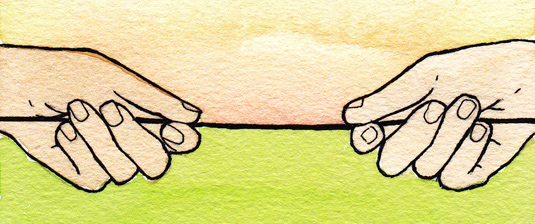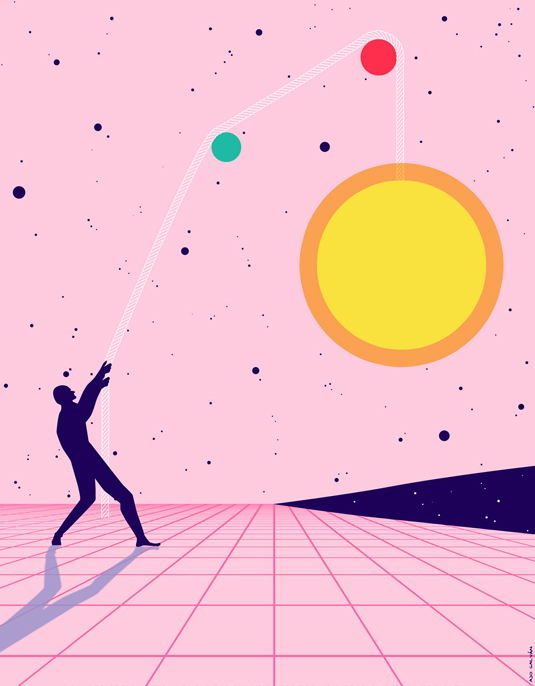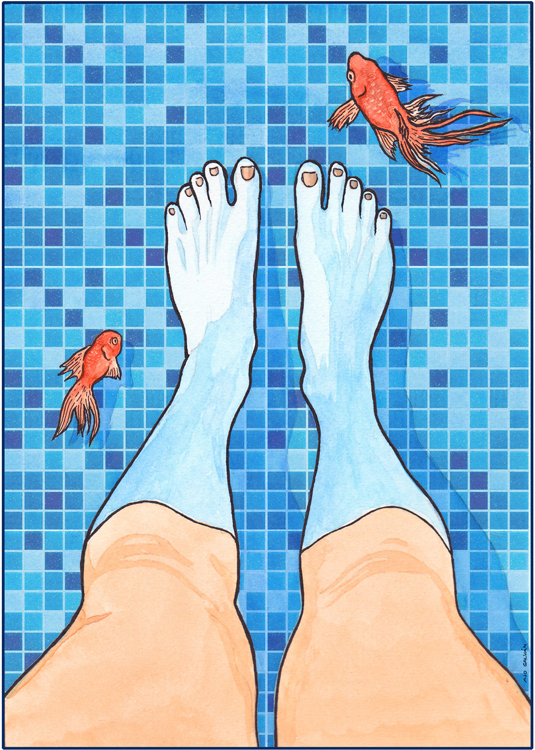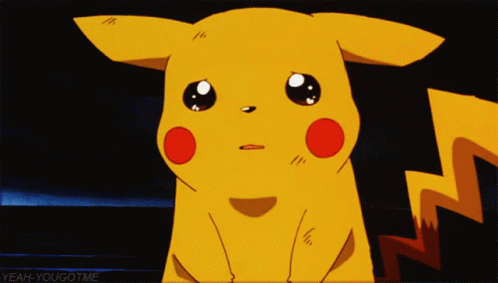Moving from digital to traditional art
Creative director Lance Evans investigates how a commercial artist can create new markets and income.

How crazy would you think it to learn that many artists are jumping off the commercial merry-go-round to find a lucrative living in the Fine Art world? This goes against everything we learned growing up, but it's a life change happening for a growing number of creatives.
There was a time, a bit before most of us, that people painted flowers on their faces, called themselves 'hippies', and just about everyone was creative. It was called the '60s and '70s. Its creativity, booming economy, and low cost of living afforded tens of thousands the option to live the artist's life, at least for a time.
Move into traditional art with new mag Practical Painter
Though the hippie era faded, by the late '80s we saw a boom in commercial art and magazine production. Soon multimedia began rolling in, and the web took flight.
But in the last half decade we have seen the economy go the other way, taking both the advertising and publishing industries with it. Many artists have been looking for alternative sources of income, and this is where the story takes an odd twist.
The internet, which played a big part in shaking up the advertising and publishing worlds, has also created new markets for Fine Artists that never existed before. There are now many ways for independent artists to connect with potential collectors.
One of the most well know markets on the web is called Etsy.com. Though Etsy started out much like a homespun crafts fair online, it's grown into a site with projected sales of almost a billion dollars. It attracts all types of artists, artisans and craftspeople to open a shop on Etsy. This broader market means it reaches the 'chatski' buyers who might never see you on an art-only site.
Daily design news, reviews, how-tos and more, as picked by the editors.

Ajo Galván is a talented commercial illustrator and designer based in Madrid, Spain. She has moved away from her commercial efforts to create a line of giclée prints for the Esty market. "I started to post my drawings online at SellaDay and people asked to buy them. So I decided to make 50 numbered and signed art prints of each one.
"Etsy was the easiest-to-use marketplace. I was up in three days only! Sales were easy since there were already people waiting to buy my drawings." She points out that despite being on the internet, her sales were local. "Almost every sale came from Spain. Now I'm trying to open my market because I think my artwork is quite universal and, why not?"

But Galván underscores a hard truth about the internet. "Etsy doesn't promote by itself. It's hard work to sell, just like in other places." Artists on Etsy are largely on their own in trying to convert a looker into a buyer. This same problem can be seen in sites that range from the very youthful deviantART.com, up to the very highbrow saatchiart.com.
Next page: more on moving from digital to traditional art

The Creative Bloq team is made up of a group of art and design enthusiasts, and has changed and evolved since Creative Bloq began back in 2012. The current website team consists of eight full-time members of staff: Editor Georgia Coggan, Deputy Editor Rosie Hilder, Ecommerce Editor Beren Neale, Senior News Editor Daniel Piper, Editor, Digital Art and 3D Ian Dean, Tech Reviews Editor Erlingur Einarsson, Ecommerce Writer Beth Nicholls and Staff Writer Natalie Fear, as well as a roster of freelancers from around the world. The ImagineFX magazine team also pitch in, ensuring that content from leading digital art publication ImagineFX is represented on Creative Bloq.
